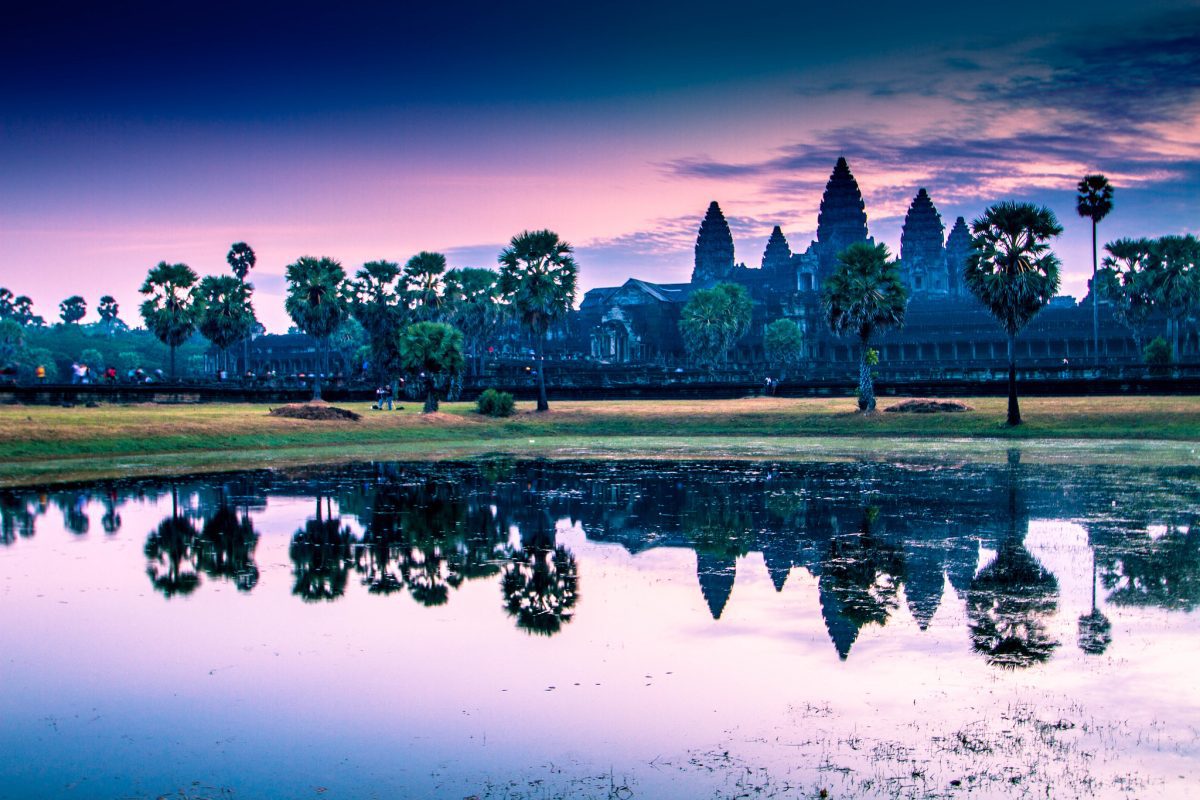Skift Take
Great storytelling always wins, in that it reminds us what travel should be about — the place and its host communities. It's a skill that more tourism campaign creators need to harness as part of "building back better."
Global tourism campaigns continue to launch as travel’s comeback unfolds, in a sign of great optimism from the travel industry. Most tourism boards thus far have bravely confronted the challenge of repositioning their destinations in a way that stands out from the pack and speaks to the changed consumer — one seeking a safer, slower, more meaningful and remote experience.
From Iceland’s Metaverse parody to Malama Hawaii’s regenerative message, the renewed focus in promoting tourism has leaned towards the great outdoors, as well as showcasing diversity and cultural connections.
But then there is destination messaging that goes one step further and manages to harness the art of storytelling, tapping into its power to reposition a destination’s image and reputation, as told through local voices. That is what we are seeing out of Siem Reap, Cambodia’s second largest city.
The new tourism campaign was conceived by Rey Moraga, a front office manager at Raffles Grand Hotel D’Angkor who was named the Stellier Awards’ Hotelier of the Year in 2020, and filmed by cinematographer Oyen Rodriguez. It’s a masterful cinematic take that paints an authentic and expansive image of the destination beyond Angkor Wat, once one of the world’s most negatively impacted sights by overtourism.
Narrated by Moraga, who is originally from the Philippines and moved to Siem Reap in 2018, the story weaves through his experiences and insider observations as a resident, showcasing a destination that outsiders merely see as the place of monuments.
“People want more safe travel, more secluded destinations and slow travel. I think Siem Reap is a perfect match for all these reasons,” Moraga said in a recent news interview.
From local market shopping to taking part in spiritual ceremonies, watching the Apsara dance, hiking along clifftop views and on safari beside elephants, the narrator takes viewers along for a revelation of what life is like on the ground in Siem Reap.
“What is interesting is that people really come to Siem Reap to see its majestic monuments, but people are blown away when they arrive and experience what the city has to offer,” said Moraga.
Through it all, local talent is showcased, and Moraga is but a guide who leads us seamlessly through a historic destination in Cambodia — one which locals consider their home — without being intrusive and without centering himself as a foreigner.
By the end of the cinematic capture, Angkor Wat emerges as just one of many important details of Siem Reap, while the call to immerse and embrace a place that represents much more to its residents, is loud and clear. Isn’t that what tourism aims to become in a post-pandemic rebuild?
“We engaged with different communities in Siem Reap, whether you are an artist, you are chef, you have an important or wonderful site that we can film. It’s basically a project for the community by the community,” Moraga added.
If all tourism boards took this impactful approach to telling the story of their destinations, one that’s told through those who live and breathe the place rather than as a mere backdrop for the tourist — then our industry would indeed be shifting course for the better in the years ahead.
The Daily Newsletter
Our daily coverage of the global travel industry. Written by editors and analysts from across Skift’s brands.
Have a confidential tip for Skift? Get in touch
Tags: cambodia, destination marketing, tourism campaigns
Photo credit: Sunet view of Angkor Wat in Siem Reap, Cambodia Simply_Happy / Flickr Commons
